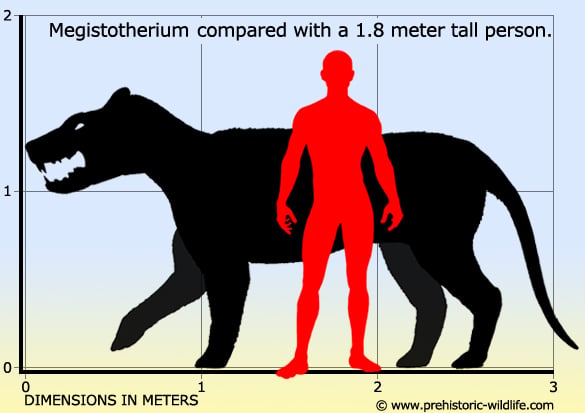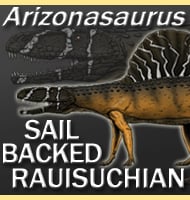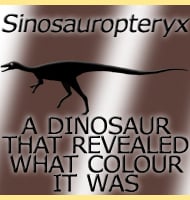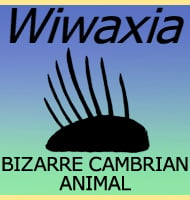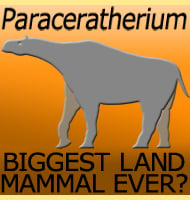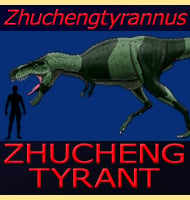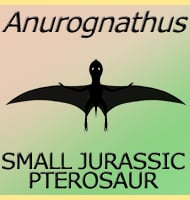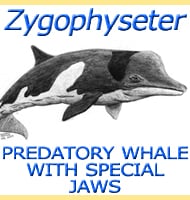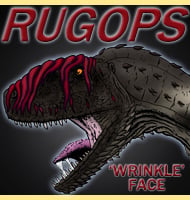In Depth
A large relative of the more famous Hyaenodon, Megistotherium was clearly one of the main predators of its day. The skull of Megistotherium alone measured up to sixty-six centimetres long, almost as long as the average person’s arm and hand. It is likely that Megistotherium also scavenged carcasses, though in what ratio Megistotherium hunted and scavenged is unknown. In Africa today animals associated with hunting such as lions will scavenge when they can, while animals associated with scavenging such as hyena will also hunt. The bones of mastodons have been found with Megistotherium-like tooth marks upon them, suggesting that Megistotherium at least fed upon them.
There has been speculation however that Megistotherium may be a synonym of Hyainailouros, a relative creodont also known to have attained large sizes, be similar and be active in some of the same locations at the same time as Megistotherium.
Further Reading
- Megistotherium, gigantic hyaenodont from Miocene of Gebel Zelten, Libya. Bulletin of the British Museum (Natural History) Geology 22 (7): 483–511. - R. J. G. Savage - 1973. - New specimens of the giant creodont Megistotherium (Hyaenodontidae) from Moghara, Egypt. - Journal of Mammalogy (American Society of Mammalogists) 70 (2): 442–447 - D. Tab Rasmussen, Christopher D. Tilden and Elwyn L. Simons - 1989. - Creodonta and Carnivora from Arrisdrift, early Middle Miocene of southern Namibia - Memoir of the Geological Survey of Namibia 01/2003; 19:177-194. - Jorge Morales, Martin Pickford, Susana Fraile, Manuel J. Salesa & Dolores Soria - 2003. - Carnivores from the Middle Miocene Ngorora Formation (13-12 Ma) Kenya. Estudios Geol., 61, 271-284 - J. Morales & M. Pickford - 2005. - Creodonta and Carnivora from Wadi Moghra, Egypt. - Journal of Vertebrate Paleontology 27: 145–159 - M. Morlo, E. R. Miller & A. N. El-Barkooky - 2007. - Creodonta and Carnivora from the early Miocene of the northern Sperrgebiet, Namibia. Memoir of the Geological Survey of Namibia 20: 291-310 - J. Morales, M. Pickford, M. J. Salesa - 2008. - Creodonts and carnivores from the Middle Miocene Muruyur Formation at Kipsaraman and Cheparawa, Baringo District, Kenya. - Comptes Rendus Palevol 7 (8): 487-497 - J. Morales & M. Pickford - 2008.
